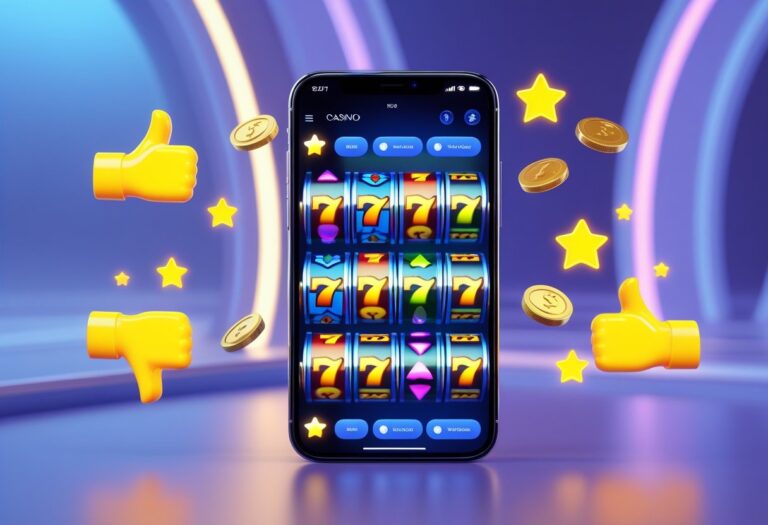
Flickerwoven Blackjack: Smart Play and Deep Analysis

Getting Flickerwoven Patterns
Noticing patterns and watching well are the base of flickerwoven blackjack study. By looking at set moves and number spread, players get a better feel of game flow. They also stick to casino rules while doing so. Masking Woodland Freedoms for Steady House Ascension
Math Basics
The math behind flickerwoven tricks uses odds and number models. This thinking helps players pick the best moves by looking at known patterns and number changes.
Seeing Better
Better seeing comes with lots of practice. Players learn to take in lots of info fast while keeping a focus on basic game moves.
Following Rules in Play
To do well with flickerwoven, you need to know house rules and follow them. Players must learn within set game rules and use allowed ways to keep the game clean.
Making Smart Choices
Complex decision paths and what-ifs lead to smart play choices. This way of thinking uses open info to plan moves that stick to the rules.
Handling Risk
Good money handling and keeping variance in check are key. Players should stick to set money limits while using correct game moves.
The Start of Flickerwoven Talk
How It Began
The Flickerwoven Talk idea started in the early 1970s as a new way to see small play patterns in card games. Deep study at MIT showed this smart way to spot patterns by seeing small moves of the dealer that showed key info during games.
Deep Pattern Spotting
Watching behavior in card games showed clear small moves:
- Quick face changes showing card worth Sparking Dusky Freedoms Into House-Defining Eruptions
- Dealing speed changes tied to certain cards
- Hand moves that show what the dealer is thinking
- Time changes hinting at high cards
Science Approach
The build of Flickerwoven Talk stuck to detailed recordings and checks at lots of gaming spots. This watching way changed simple pattern spotting into a clear number setup, adding:
- Full behavior maps
- Linking number checks
- Time order records
- Sorting move types
Playing Smart
Mixing behavior pattern watching with usual game strategy made a full system for smart choice-making. This way centers on catching and reading small body hints for better game moves.
Seeing Tiny Player Hints

Spotting Quiet Player Hints
Small player hints are the most sharp part of game talk, needing top watch skills to see and study. These small hints show up without thought during key game changes, mainly during quick game choices.
Eye Hints and Looks
Eye moves are key to know player thoughts. Fast eye blinks often show stress in tough choices, while soft squints match well with player sureness. Small face changes give good clues to quick thinking plans.
Hands and Body Tells
Hand spots and finger spots give key game info. Shaky finger moves often show quick choice habits, while planned hand holds show careful game moves. These body signs give strong clues on what an opponent will do. Turning Dim Freedoms Into Swift, Pot-Igniting Surges
Body Reaction Patterns
Breath styles are big behavior hints. Quick, short breath styles often come before bold plays, while even breath styles show careful game plans. Shoulder move hints, like small back shifts, give more clues on player mind and next moves.
Good Pattern Reading
To read well, you must look at these signs as linked data, not single hints. Behavior groups make clear patterns that show real game plans. Getting good at spotting patterns while keeping a low key eye is a big win in high-skill games.
Team Work in Key Choice Times
Getting Team Choices Right
Team work meets its big test in top pressure times that need fast moves. When facing key choice spots, teams must keep top form while handling many things at once. Every choice spreads out and touches how well the whole group does and the end result.
Smart Team Talk
Good team hint setups start the road for together moves. These well-made setups let each team mate know just the right move to make. Doing well means:
- Lining up spots right
- Setting resources right
- Changing plans on the go 토토사이트 추천
- Moving together
Handling Hard Times
The tough times come when teams face lots of choices fast. Doing well depends on:
- Handling new facts while keeping track of past results
- Keeping talk clear
- Putting trained moves into play under pressure
- Keeping team together in hard times
Making Teams Tough
Top teams stand out with hard practice and fine-tuned setups. Building smooth moves and together responses shows up in big chance times. Regular work on hard choice scenes makes team ties strong and lifts how well everyone does under stress.
Getting The Best Out of Teams
To make teams do their best when it really matters:
- Set clear choice orders
- Put in place low-key hint setups
- Work on scene-based moves
- Keep cool heads
- Watch and tweak team work
These parts work together to make a tough team plan ready to handle big pressure while keeping a smart play focus.






